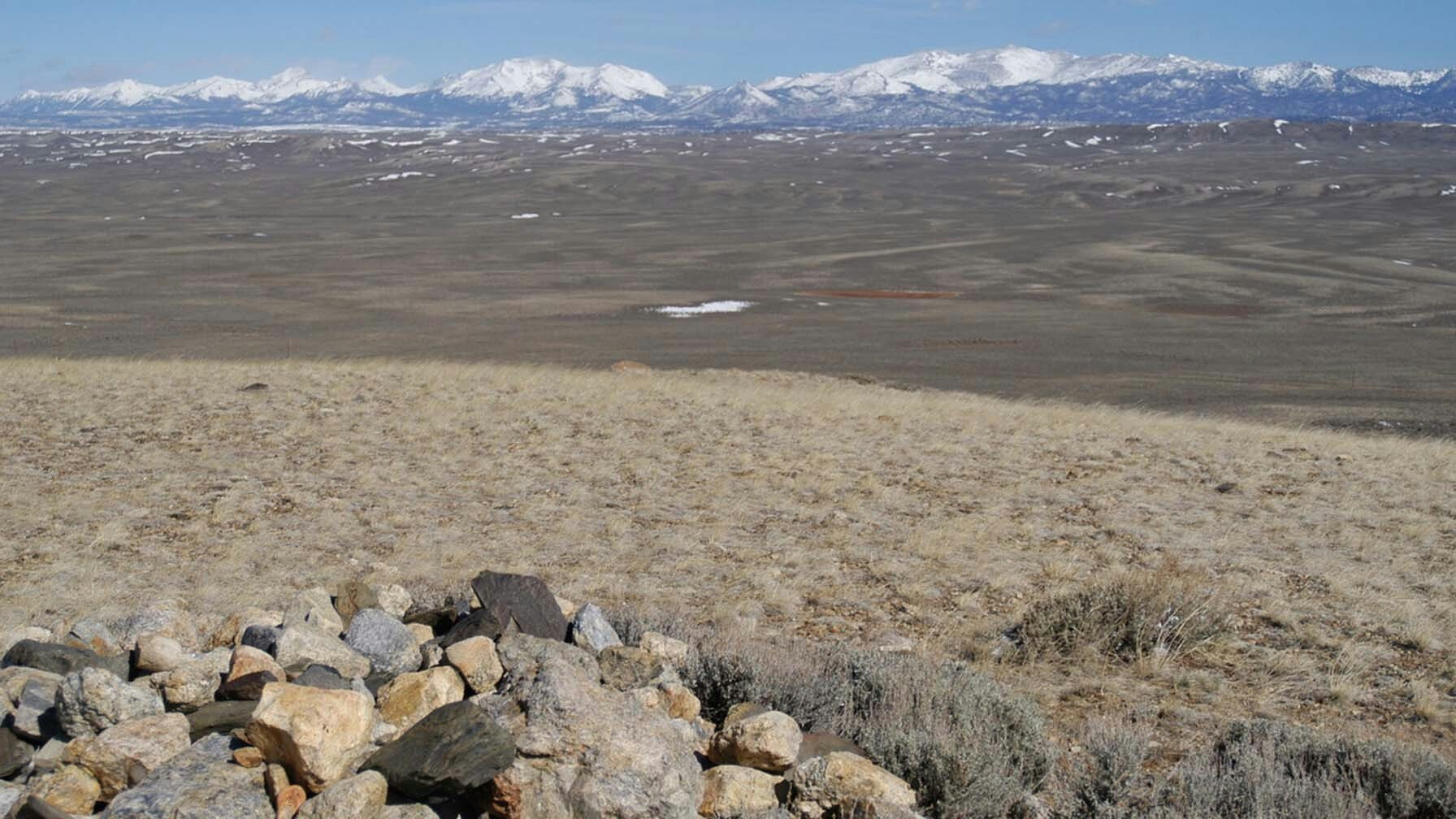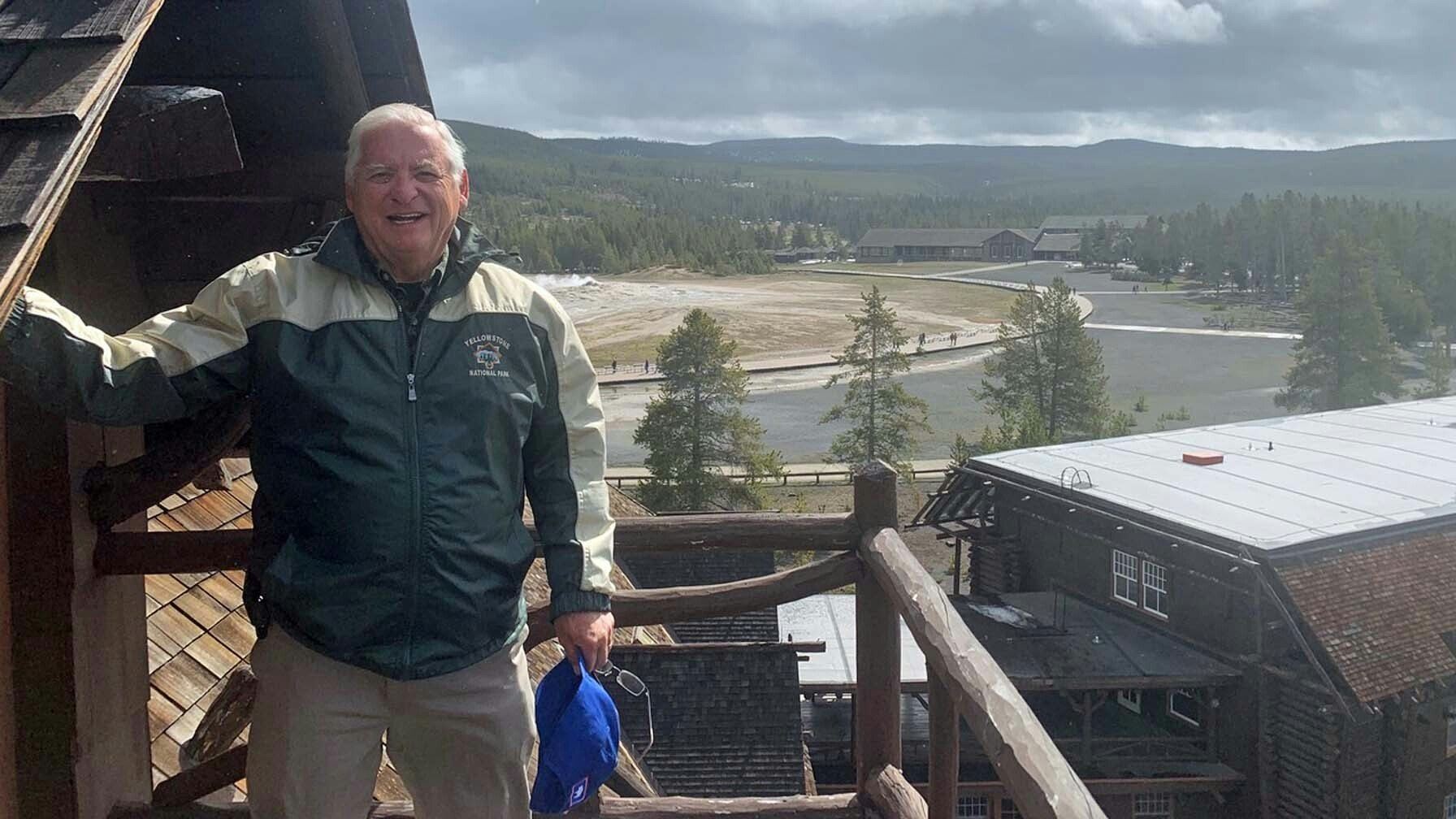Our state’s permanent population is less than 600,000 but by the time this year’s tourism season is over, some 8 million people will have come to Wyoming.
That number describes the expected hordes of visitors who come here as tourists and visit all our wonderful facilities.
Tourism is our number-two industry and some observers are predicting that this might be an all-time record year.
Wyoming Always A Destination
Two pivotal events contributed to Wyoming becoming a world-class tourism destination that occurred around 1852 and 20 years later in 1872.
The first was the Oregon Trail. Nearly 500,000 people crossed North America between 1849 and 1867. They did not realize it then but this vast territory they were crossing was about to be known as Wyoming territory and ultimately in 1890, a real state.

Here in Fremont County where I live, one of the major landmarks of that trail is the Oregon Buttes, a landmark that stands out on South Pass. Why are they called that? Because back then, that was the border of the Oregon Territory.
Two decades later, in 1872, the Congress of the United States did something truly amazing – they created the world’s first national park. A place that was considered so incredible called Yellowstone, was set aside for the enjoyment of the people of the nation. What a great idea. People started coming way back then and they are still coming today.
Yellowstone is such a magnet that the Division of Tourism even today lays out four corridors across the country for tourists to consider taking as they work their way to the big park. These include a route from the east and north called “Black to Yellow.” And then one just south of it that pretty much re-traces the Oregon Trail called “Park to Park.” The third one crosses the Red Desert called “Rockies to Teton” while the fourth itinerary covers the extreme southwest named “Salt to Stone” and heads up to Yellowstone through the Grand Teton Park.
After the pandemic year of 2020, the people of America wanted to “get out there” – and where better to go, than Wyoming and Yellowstone National Park?
The park set an all-time record of 4,860,000 visitors, which included some 350,000 folks double-counted because the campgrounds and hotel rooms were so full, visitors were coming and going in and out of the park. The lines at the time seemed like they were miles long.
Last year visitation to the park dropped to 3,290,000 people, mainly because of the extensive flooding and the resulting road closures.
This year could be a record, but it will be hard to duplicate that pent-up demand of a couple of years ago.

$4.5 Billion Is A Very Big Deal
As a former chairman of the Wyoming Travel Commission (1993), I always watched Yellowstone as a bellwether on how the state was going to do with tourism. Way back then, we set a goal of doing $2 billion in tourism by the year 2000.
That goal was reached and passed. Last year, tourism provided $4.5 billion in tourism dollars. This is a big deal.
What I am describing here is the number of people who come to Wyoming each year as tourists and who spend billions of dollars for goods, gasoline, lodging, food, sales taxes, lodging taxes, fuel taxes and even helping with property taxes.
Tourism is the state’s number-two industry and it is poised to get even bigger – and that is good news for our state’s economy. The industry employs more than 33,000 people to cater to these 8 million visitors and it is growing.
For too long, Wyoming spent too little on tourism promotion. Luckily, our governor and our state legislative leaders were aware of this and changed how the promotion efforts were funded a few years ago and the results have been impressive.
For every dollar spent on tourism promotion, some $16 comes back in taxes. It can be argued that each dollar generates $300 in expenditures. It truly doesn’t take a rocket scientist to figure out that this is a good deal for the people of Wyoming.
The tourism economic impact on Wyoming is equal to permanently adding more than 22,000 people to our population every day of the year.
And tourism helps everyone.
Much of Wyoming’s tourism promotion budget is designed to attract Midwesterners to our state. Primary magnets drawing these tourists are Yellowstone and Teton Parks. Thus, these Midwesterners drive all-across the state twice in getting to their destination.
It becomes the task of the state and the counties to try to sell themselves to these folks so they make side trips to places like Fort Laramie, the Wyoming Territorial Park, the Frontier Prison, Curt Gowdy State Park, the National Museum of Military Vehicles in Dubois, the Wind River Indian Reservation, and many, many other wonderful attractions.
A little-known fact about tourists is that one-fourth of those billions they spend is for “shopping.” I recall chatting with our merchants in Lander about what kind of economic effect tourists had on their business. I was surprised to hear about what a huge impact tourists make.
Lander is certainly no Jackson or Cody when it comes to tourism attractions. I think their comments reflect how merchants feel in places like Douglas, Rock Springs, and Rawlins. Cheyenne and Laramie already do very well with tourism shopping.
Yellowstone Park drives much of Wyoming’s international tourism. More than 30 percent of the visitors to the park are from foreign countries, primarily Europe.
This is great news for all the cities and towns of Wyoming.
European Tourists Spend Lots Of Time
Here is why: European tourists average three weeks for their trips to the USA. This compares to about a week for a typical American tourist. They also spend more money than domestic tourists do.
But the most important thing about the Europeans is that they love our small towns. They love to “hang out” in places with romantic historic names like Cheyenne, Laramie, Rawlins, and Medicine Bow.
They are smitten by the Oregon Trail and the tribes of the Wind River Indian reservation. Old forts like Fort Laramie, Fort Bridger and Fort Caspar draw them like moths to a candle.
In the wake of the pandemic, Wyoming’s tourism potential bodes well. People would rather drive than fly. They want to visit “natural” attractions rather than man-made ones like Disney or Las Vegas. And they want to spend quality time with their families.
All these trends boost Wyoming’s chances for increased tourism visitation. We need to be proactive and invite them to come and visit us.





